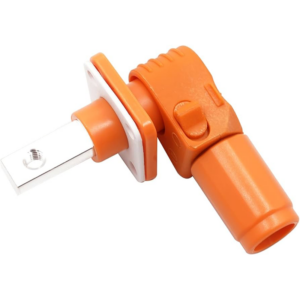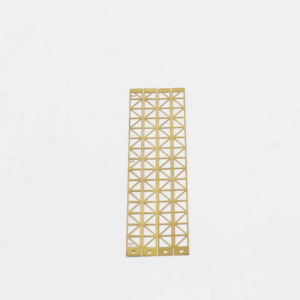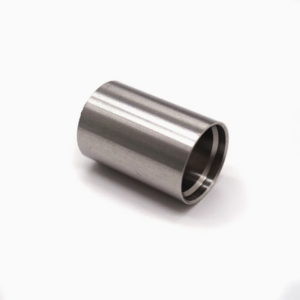In the fast-paced and highly regulated world of medical device manufacturing, precision, reliability, and cost-effectiveness are paramount. Metal stamping has proven to be an essential process, offering high-volume production of intricate, high-performance components that meet the rigorous standards of this industry. Whether producing surgical instruments, implants, or medical enclosures, metal stamping provides the advanced capabilities required to create high-quality, durable parts while maintaining cost-efficiency.
At Topmetalstamping, we specialize in delivering superior metal stamping solutions tailored to the specific needs of the medical device sector. With our state-of-the-art equipment and industry expertise, we can manufacture precise, reliable, and cost-effective components that meet stringent medical device standards. Our team works closely with clients to ensure each product is fabricated to exact specifications, supporting critical applications in the medical field.
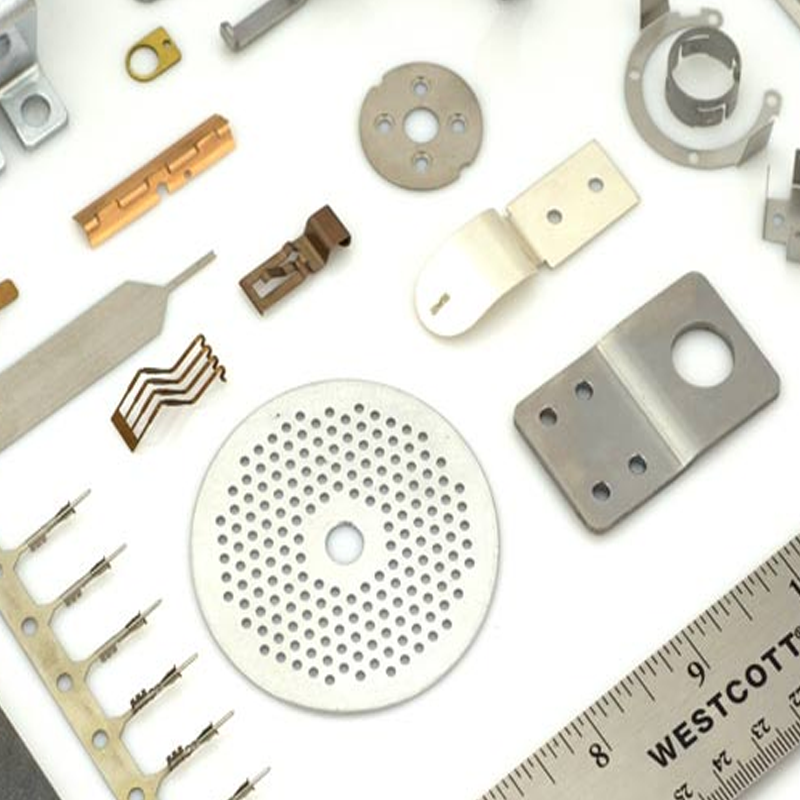
Advantages of Metal Stamping in the Medical Device Industry
Precision and Accuracy
The medical device industry demands extremely high levels of precision. Metal stamping machines can produce parts with incredible accuracy, making them an ideal solution for medical devices where every fraction of a millimeter is crucial. At Topmetalstamping, we understand the importance of these specifications, which is why our advanced stamping technology ensures that each component meets exact tolerances, critical for the functionality and safety of medical devices.
High-Volume Production
In the medical device industry, demand often dictates the need for large quantities of components without sacrificing quality. Metal stamping is ideally suited for high-volume production runs, allowing manufacturers to meet large-scale demands with exceptional consistency and speed. Whether you’re producing hundreds or millions of parts, our high-precision stamping capabilities ensure that you receive reliable, top-tier components in the quantities you need.
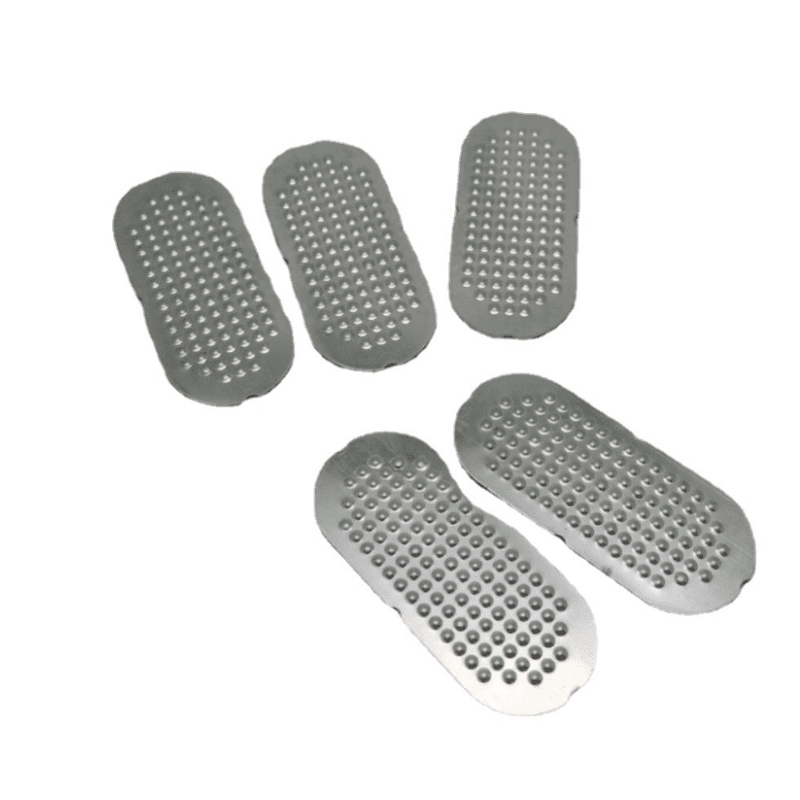
Cost-Efficiency
Cost management is vital in medical device manufacturing, and metal stamping offers a highly cost-effective solution. Since the stamping process utilizes dies that can be used repeatedly, the cost per unit significantly decreases as volume increases. This makes metal stamping an ideal solution for medical device manufacturers who need to maintain strict cost control without compromising quality. At Topmetalstamping, we focus on maximizing value while ensuring the highest standards of production.
Material Versatility
Metal stamping is versatile in terms of materials, which is a key advantage in the medical device sector. Whether you’re working with stainless steel, titanium, or specialty alloys, our stamping process can be customized to produce parts from a wide range of materials, each carefully chosen for its specific attributes. Stainless steel, titanium, and other materials are frequently used for their superior strength, durability, and resistance to corrosion—qualities essential for medical applications.
Strength and Durability
Medical devices must perform consistently over time, even in demanding environments. Metal stamped parts are known for their strength and durability, providing long-lasting reliability for medical devices. Whether used in surgical tools, implants, or enclosures, stamped components offer robust performance, ensuring that the devices continue to function safely and effectively.
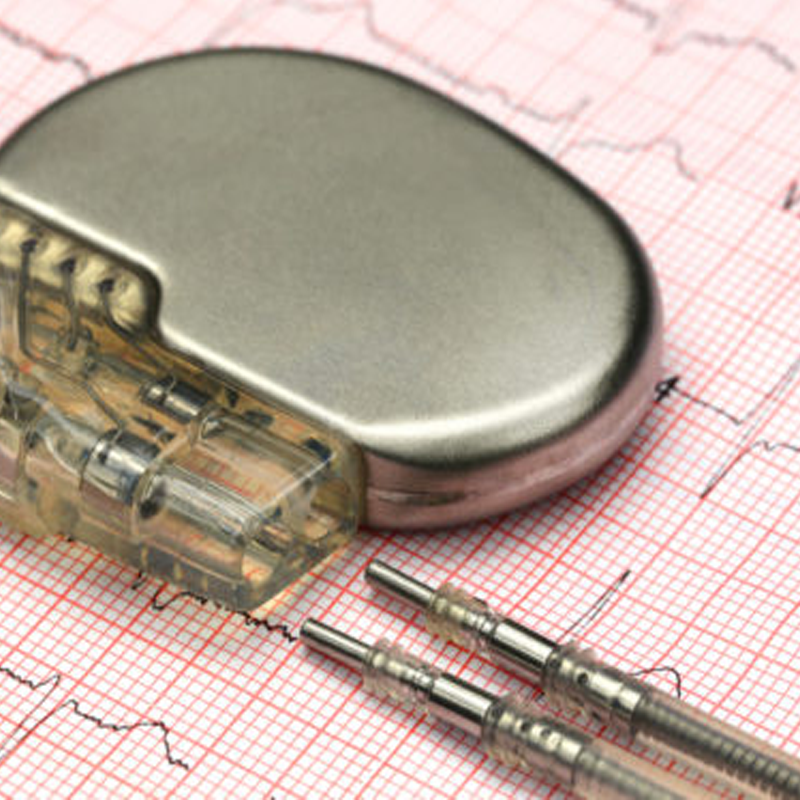
Waste Reduction
In manufacturing, minimizing waste is not only a cost-saving measure but also an environmentally responsible practice. Metal stamping is an efficient process that maximizes the use of raw materials, significantly reducing waste. The precision of our dies at Topmetalstamping ensures that every part is stamped with minimal material loss, making the process both cost-effective and environmentally friendly.
Integration of Multiple Features
Metal stamping allows the integration of several features into a single part, eliminating the need for additional processing or assembly steps. Advanced techniques, such as progressive die stamping, can combine multiple features like holes, slots, and bends into a single, complex component. This capability simplifies the manufacturing process, reduces production time, and improves overall efficiency.
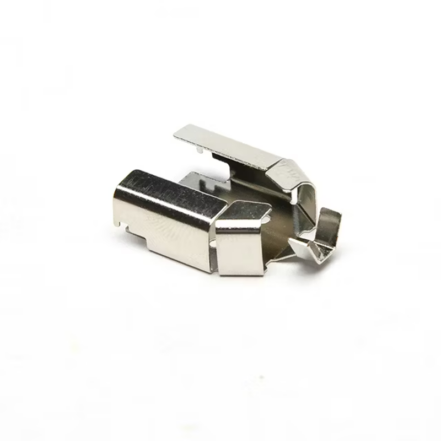
Commonly Used Materials in Medical Stamping
Stainless Steel
Stainless steel is one of the most widely used materials in medical device stamping, owing to its exceptional corrosion resistance and strength. It’s particularly ideal for surgical instruments and implants that are subjected to frequent sterilization. Stainless steel’s key attributes include:
– Corrosion Resistance: Vital for medical devices exposed to bodily fluids and sterilization cycles.
– Biocompatibility: Certain grades are biocompatible, making them suitable for implants and tools in direct contact with the body.
– Strength and Durability: Essential for structural components that must withstand physical stress over extended periods.
– Fabrication Ease: Stainless steel is relatively easy to fabricate through stamping, allowing for complex shapes and designs.
Titanium
Titanium is another preferred material for medical device stamping, particularly in applications requiring high strength-to-weight ratios. Titanium’s advantages include:
– Biocompatibility: Titanium is known for its excellent compatibility with the human body, making it a go-to choice for implants.
– Lightweight and High Strength: Ideal for devices needing strength without adding unnecessary weight.
– Corrosion Resistance: Like stainless steel, titanium resists corrosion, making it suitable for medical applications exposed to fluids and requiring frequent sterilization.
– Non-Magnetic: Critical for devices used in environments where magnetic interference is a concern, such as MRI rooms.
Medical Device Manufacturing Secondary Services
Finishing Processes
To enhance the performance and appearance of stamped medical components, various finishing processes are employed. These include:
– Electropolishing: Improves corrosion resistance and smoothness, making it ideal for surgical instruments.
– Passivation: Removes free iron from stainless steel, increasing resistance to corrosion.
– Anodizing: For titanium parts, anodizing enhances surface hardness and improves wear resistance.
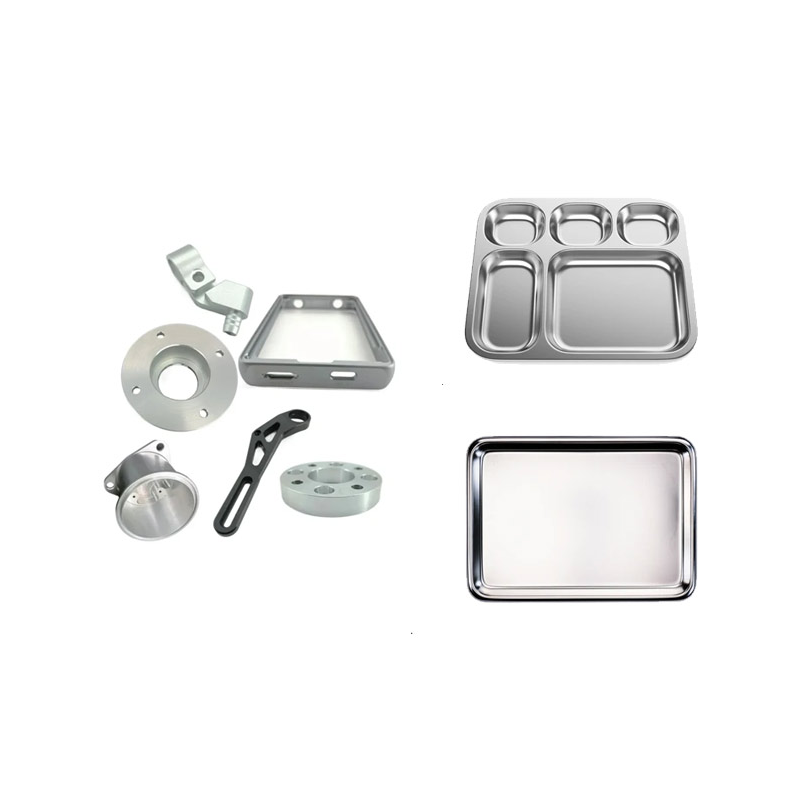
Assembly Services
In some medical devices, multiple components need to be assembled into a cohesive unit. Our assembly services include:
– Welding: Precision welding techniques, such as laser welding, join components with strength and accuracy.
– Adhesive Bonding: Used for components that cannot withstand the heat of welding.
– Mechanical Fastening: Techniques like screws and rivets are used for larger components that need to be disassembled or modular.
Applications of Metal Stamping in the Medical Field
– Surgical instruments (e.g., scalpels, forceps, clamps)
– Implants (e.g., orthopedic, dental, cardiovascular)
– Medical electronics enclosures (e.g., pacemakers, defibrillators)
– Brackets and clips for medical devices
– Battery contacts and connectors for portable devices
– Components for diagnostic tools (e.g., MRI, ultrasound, X-ray)
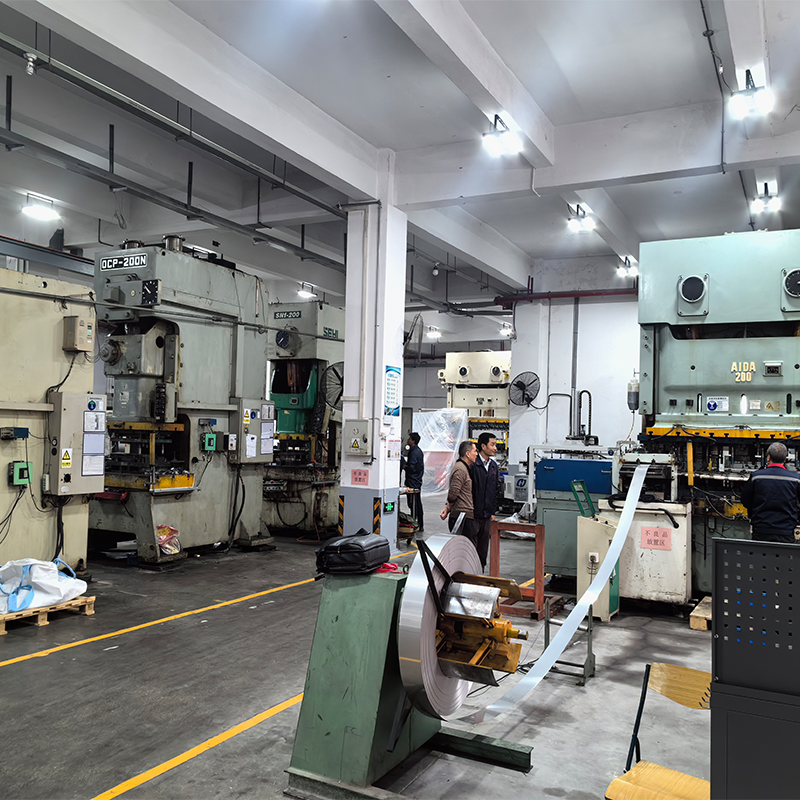
Key Considerations for Medical Metal Stamping
Certified Manufacturers
Compliance with industry standards is critical in medical manufacturing. At Topmetalstamping, we hold ISO 13485 certification, ensuring our products meet the strictest quality control standards for medical devices. Additionally, we comply with FDA regulations and maintain clean room standards where necessary to reduce contamination risk.
Material Compliance and Traceability
Choosing the right materials is crucial in medical device manufacturing. We ensure that the materials we use are biocompatible, corrosion-resistant, and compliant with industry regulations. Moreover, our robust traceability systems allow us to document every step of the manufacturing process, ensuring full accountability and quality control.
Why Choose Topmetalstamping for Your Medical Metal Stamping Needs?
At Topmetalstamping, we’re committed to delivering top-tier metal stamping solutions that prioritize precision, quality, and efficiency. With our ISO 13485-certified facilities and industry-leading technology, we produce components that meet the most stringent medical device standards. From design to delivery, we provide comprehensive solutions, including secondary services like electropolishing, passivation, and assembly. Partner with us today to leverage our expertise and technology, ensuring the highest quality and reliability for your medical applications.
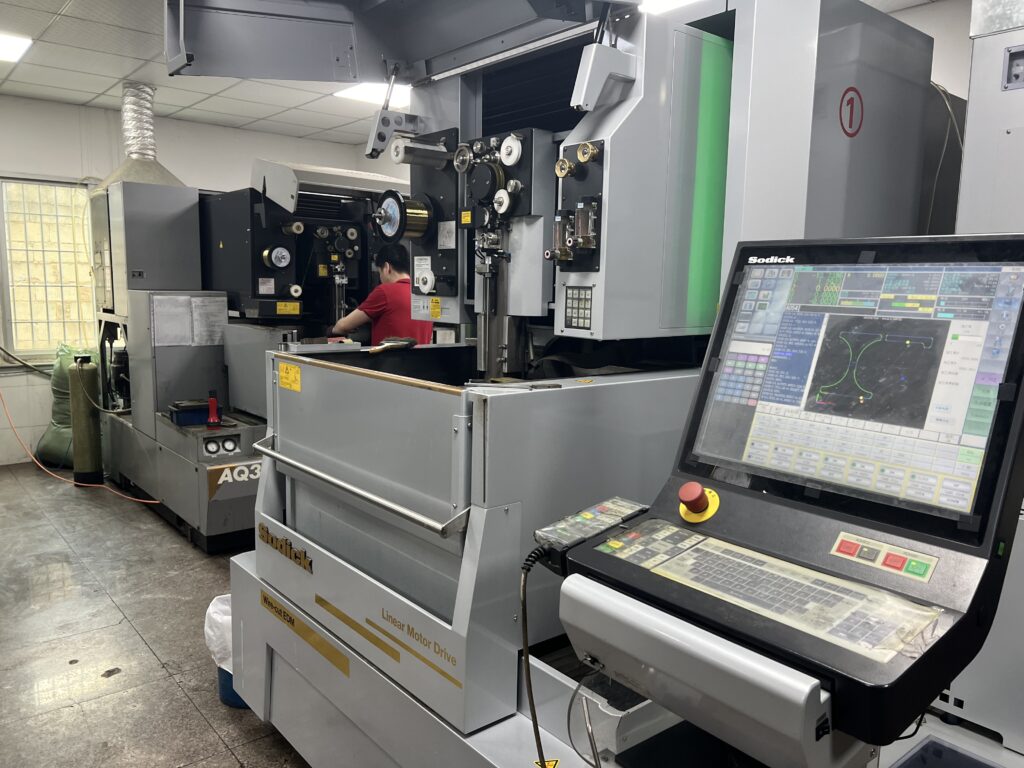
Conclusion
Whether you’re designing a surgical tool, implant, or medical device component, Topmetalstamping is your trusted partner for high-quality, precision-engineered metal stamping. We take pride in offering cost-effective, reliable, and high-performance solutions that contribute to the success of your medical devices. Contact us today to discuss how we can help bring your next project to life with unparalleled precision and efficiency. Let’s work together to advance healthcare and improve patient outcomes.

